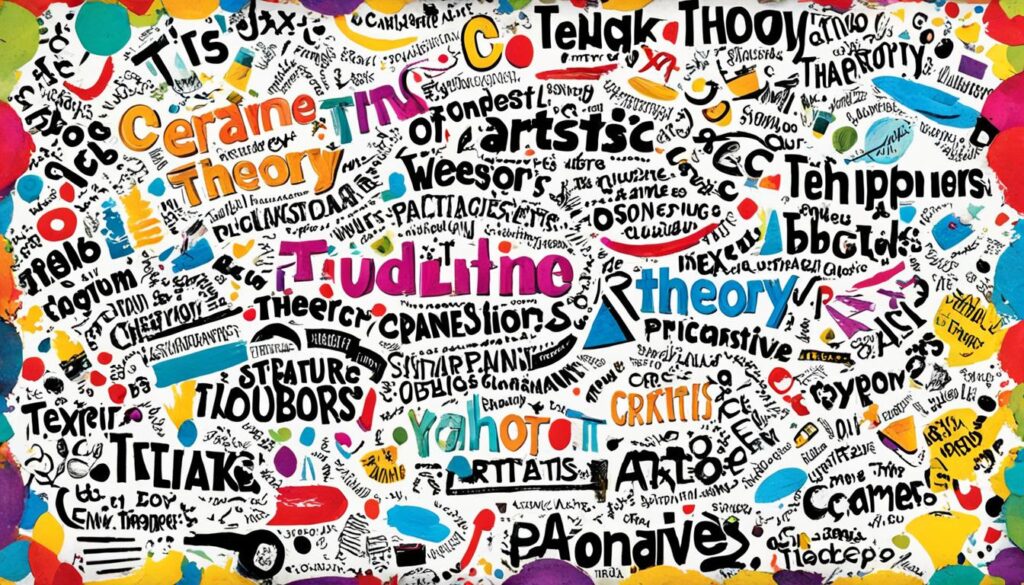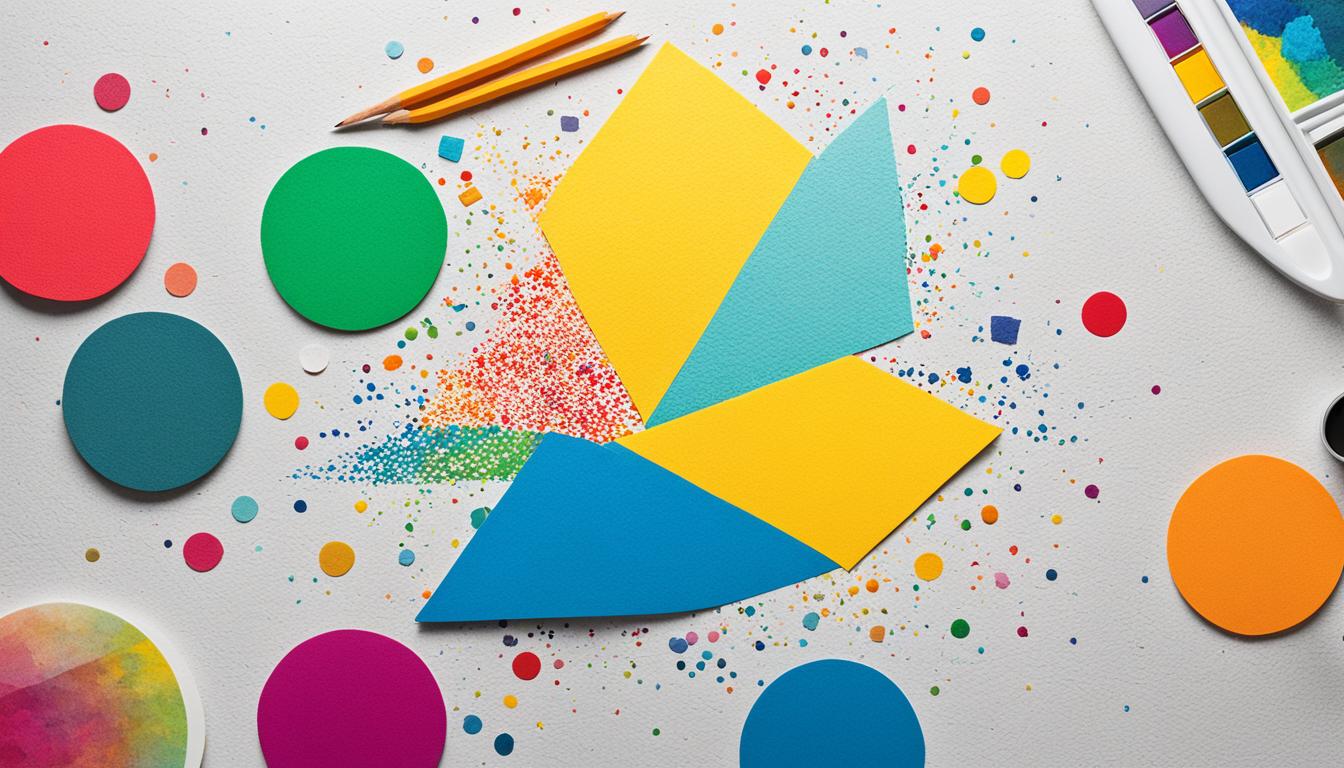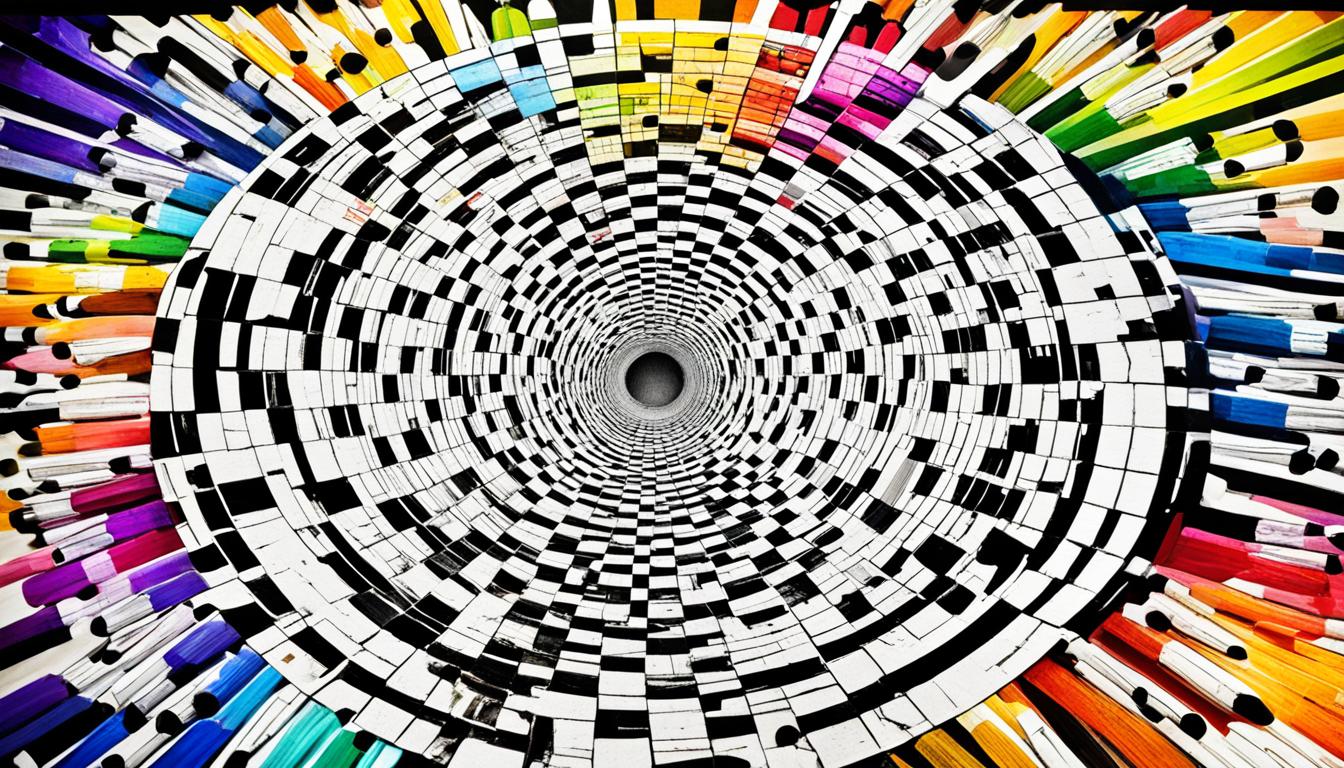Have you ever stood before a piece of art and felt an unexplainable connection? Perhaps you were captivated by a painting, moved by a sculpture, or stirred by a performance. These moments remind us that art is not just a product; it’s a profound exploration of the human experience. But what lies beneath these experiences? In essence, art theory seeks to answer this question by delving into the fabric of artistic expression. When asking, “What is art theory?” you embark on a journey that uncovers the various forms, styles, and themes that art comprises, and how these elements interact with society and culture. Exploring art theory empowers you to understand not only the art itself but also its significance in our lives.
Key Takeaways
- Art theory investigates the fundamental essence of artistic expression.
- The definition of art has evolved from encompassing all human skill to focusing on fine arts.
- Understanding art theory enhances our emotional response to art.
- Art theory bridges the gap between art, society, and various academic disciplines.
- Cultural context plays a vital role in shaping art and its interpretation.
Understanding Art Theory: A Comprehensive Overview
Art theory provides a framework for understanding the complex relationships between art and society, as well as the influence of other disciplines on artistic expression. Engaging with this field encourages an appreciation of the social dynamics that art embodies. You can explore how artworks resonate with societal issues, cultural movements, and historical contexts, revealing the profound importance of art theory in shaping our interpretations.
The Relationship Between Art and Society
Art does not exist in a vacuum. It often reflects, critiques, and informs social dynamics. Through various artistic movements, you can see how artists use their work to comment on and navigate societal issues, making art a crucial medium for dialogue and understanding. The art theory interpretation in this context enables a deeper comprehension of how art engages with subjects ranging from personal identity to broader cultural narratives.
The Influence of Other Disciplines on Art Theory
Art theory is enriched by the insights and methodologies drawn from various other fields such as philosophy, history, and literature. This interdisciplinary approach provides a more holistic understanding of art, allowing you to appreciate how external influences shape artistic practices and ideologies. By synthesizing these disciplines, the role and function of art within society become clearer, further emphasizing the understanding of art theory as a vital component of artistic discourse.

What is Art Theory?
Understanding what is art theory involves delving into its fundamental components. Art theory intertwines with practice, offering essential insights that inform both creation and appreciation of art. Its role extends beyond merely defining concepts; it seeks to explore the underlying principles that shape artistic expression. Within art theory, several key concepts emerge that contribute significantly to its definition.
Defining Art Theory: Key Concepts
The art theory definition encapsulates a range of ideas and frameworks that facilitate a deeper understanding of art. This includes its historical, social, and cultural contexts, which can significantly affect how art is interpreted and valued. Artists like Picasso and the Surrealists exemplify this as their work was heavily influenced by the turmoil of their times, such as World Wars and movements like Art Deco. These artists understood the cultural currents swirling around them, which allowed them to create transformative art that resonates even today.
- Key concepts in art theory often address:
- The relationship between art and its sociocultural backdrop.
- The evolution of artistic movements and their impact.
- How art can reflect, challenge, or critique societal norms.
Distinction Between Art Theory and Art Criticism
While art theory and art criticism share similarities, they serve distinct purposes. Art theory provides the analytical framework through which art is conceptualized and understood, while art criticism focuses on the evaluation of specific artworks based on aesthetic value. This distinction is vital for grasping how theorists and critics approach their work. For instance, discussions initiated by scholars in the 1980s, questioning the foundations of art theory, demonstrate the evolving nature of both the practice of art and its critique.
| Aspect | Art Theory | Art Criticism |
|---|---|---|
| Focus | Framework and principles guiding art | Evaluation of specific artworks |
| Purpose | Understanding and interpretation | Assessment and critique |
| Example | Analyzing movements like Surrealism | Reviewing Picasso’s paintings |

Art Theory Principles: Foundation of Artistic Expression
Art theory principles serve as the backbone of artistic expression, providing a framework for both artists and viewers to engage meaningfully with artwork. These principles guide the creation, appreciation, and critique of art, emphasizing core tenets that shape our aesthetic experiences. By exploring these foundational concepts, you can deepen your understanding art theory and enrich your overall perception of artistic endeavors.
Core Principles of Aesthetic Experience
The core principles of aesthetic experience encompass various elements and design principles that artists manipulate to evoke specific responses. Key elements include line, shape, color, value, form, texture, and space. When combined with the principles of art such as balance, contrast, emphasis, movement, pattern, rhythm, and unity or variety, these elements can create compelling compositions. Here are some essential insights:
- Balance: Achieved through symmetry, asymmetry, or radial symmetry, balance provides stability to a piece.
- Contrast: This principle highlights differences between elements, making individual components stand out and capturing the viewer’s attention.
- Emphasis: Artists create focal points within their compositions, drawing the viewer’s gaze toward these visually dominant areas.
- Movement: It guides your eye through the artwork, often using lines and shapes to create a flow.
- Pattern: Repeated elements contribute to visual rhythm and create a cohesive look.
- Rhythm: Similar to musical rhythm, this principle involves organizing elements in a structured yet non-uniform way.
- Unity and Variety: A successful composition balances cohesion with sufficient diversity to maintain interest.
Understanding Intent and Technique in Art
Understanding the artist’s intent and technical execution is vital when examining a work of art. The interplay between intent and techniques employed helps convey meaning and elicit emotions. While not every piece includes all seven elements of art, at least two elements are always present, reflecting the artist’s purposeful choices.
Through an exploration of these art theory principles, you gain greater insight into artistic expression, enhancing your ability to appreciate and interpret artworks. Recognizing how artists harness these foundational concepts aids in your journey of understanding art theory, ultimately enriching your aesthetic experiences.

| Art Elements | Description |
|---|---|
| Line | The path created by a moving point, can vary in width, direction, and length. |
| Shape | Two-dimensional, defined by boundaries such as lines or colors. |
| Color | Determined by the wavelength of light, it encompasses hue, saturation, and brightness. |
| Value | The lightness or darkness of a color, crucial for creating depth. |
| Form | Three-dimensional shapes that have depth, height, and width. |
| Texture | Surface quality that can be seen or felt, adding depth to the composition. |
| Space | The area around, between, and within the components of an artwork. |
Importance of Art Theory in Interpretation
Understanding the importance of art theory in interpretation has profound implications for both artists and viewers. Art theory serves as a lens through which you can comprehend the complexities and nuances within various artworks. By employing theoretical frameworks, you gain tools that refine your interpretative skills, allowing for a deeper appreciation of artistic expressions.
How Art Theory Shapes Our Perception
Art theory interpretation plays a critical role in shaping your understanding of art. The distinctive structure, design, unity, and form in artworks become more pronounced as you apply theoretical concepts. For instance, while music may not be inherently representational, paintings and sculptures can be both abstract and figurative. By recognizing these differences, you become more attuned to the elements that contribute to artistic meaning and value.
Facilitating Critical Thinking and Analysis
Facilitating critical thinking is an essential aspect of engaging with art. Theories of art, developed through centuries of discourse, encourage you to consider diverse perspectives when analyzing the significance of a piece. The debate surrounding the intentional fallacy initiated in 1946 underlines how the importance of art theory has evolved. Critiques of expression theory emphasize the multifaceted nature of art appreciation. This environment fosters meaningful discussions, prompting you to evaluate not just the aesthetic qualities but also the cultural and historical contexts that shape art.

Exploring Art Theory: Diverse Perspectives
As you delve into the realm of art theory, you’ll uncover a rich tapestry of diverse perspectives that inform how we understand and engage with art. Various theoretical approaches, including formalism, institutional theory, and postmodern critiques, provide unique insights into the intricate relationship between art and society. For instance, Plato’s condemnation of artists in “Book X” of *The Republic* positions creative imitation as a potential source of societal corruption, challenging you to rethink the role and value of art in cultural settings.
Various Theoretical Approaches
Exploring art theory involves navigating through a range of frameworks that enhance your appreciation of artistic expression. The semiotics and structuralism of scholars like Peirce and Saussure illuminate how meaning is constructed in art, while deconstructionism encourages you to question established narratives through the perspectives of thinkers such as Derrida and Barthes. These frameworks emphasize the multiplicity of interpretations possible in art, allowing you to engage with visuals in a deeply analytical manner.
How Cultural Context Influences Art Theory
Your understanding of art is further enriched by recognizing how cultural context plays a pivotal role in shaping different theoretical lenses. The influences of *postcolonial theory* on race and imperialism, and *feminist and queer theories* on gender and sexuality, highlight the complexities of identity in artistic expression. These perspectives illustrate how art not only reflects society’s values but also challenges and reshapes them, creating a dynamic interplay between culture and theory. By appreciating these diverse perspectives, you deepen your exploration of art theory and enhance your overall experience with creative expression.









